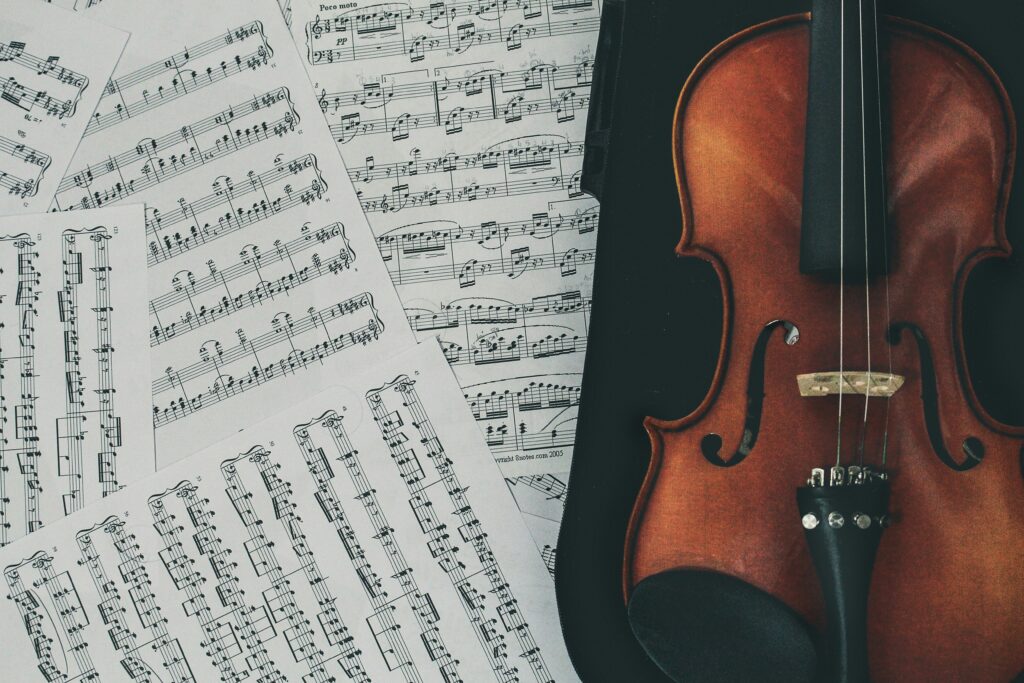Because of copyright, the general rule is that you can’t use other people’s work without their permission. However, there are always exceptions, as our law professors would say, and fair use is one of them. To qualify as fair use under U.S. law, certain requirements must be met; otherwise, you’ll be infringing on someone’s copyright.
So, what are the considerations? In the U.S., fair use is determined using a four-factor test from 17 U.S.C. § 107, which was clarified in the Supreme Court case Campbell v. Acuff-Rose Music (1994):
- Purpose of Use: Is it for nonprofit or commercial purposes? Nonprofit uses are more likely to be considered fair. (For example, using it for an educational paper vs. including it in a song you plan to sell.)
- Nature of the Work: Is it factual or creative? The law gives more protection to creative works than to factual ones. (For example, using news events vs. making up stories about feelings.)
- Amount and Substantiality: How much are you using, and how important is that part? Is it the most creative or original part? (For example, using just the chorus, which is usually the most important part of a song, vs. using a less significant part.)
- Market Effect: Does your use harm the market for the original work? In other words, does your new use act as a substitute? If it does, that suggests it’s not fair use.
There’s also a fifth factor, though it’s not clearly defined: Transformative Use. Did you add something new or change it in a meaningful way? (For example, by adding new words or altering the original.)[1]
Under UK law, the equivalent is fair dealing, but it’s more limited than fair use in the U.S. The Copyright, Designs and Patents Act 1988 outlines exceptions for research, education, quotation, and parody, within the guiding concept of fair dealing. Courts determine whether a particular dealing with a work is fair include:
- does using the work affect the market for the original work? If a use of a work acts as a substitute for it, causing the owner to lose revenue, then it is not likely to be fair
- is the amount of the work taken reasonable and appropriate? Was it necessary to use the amount that was taken? Usually only part of a work may be used.[2]
In Conclusion
While both fair use in the U.S. and fair dealing in the UK allow limited use of copyrighted material without permission, the specific rules differ. It’s essential to understand the purpose, amount, and market effect of using someone else’s work to ensure you’re not infringing on their rights. When in doubt, it’s best to seek permission or legal advice.
Disclaimer: This article is intended for informational purposes only and should not be considered as legal advice.
[1] Copyright Law in the Music Business, Berklee Online via Coursera, delivered by Dr. E. Michael Harrington
[2] Copyright Guidance, Exceptions to copyright, by Intellectual Property Office


